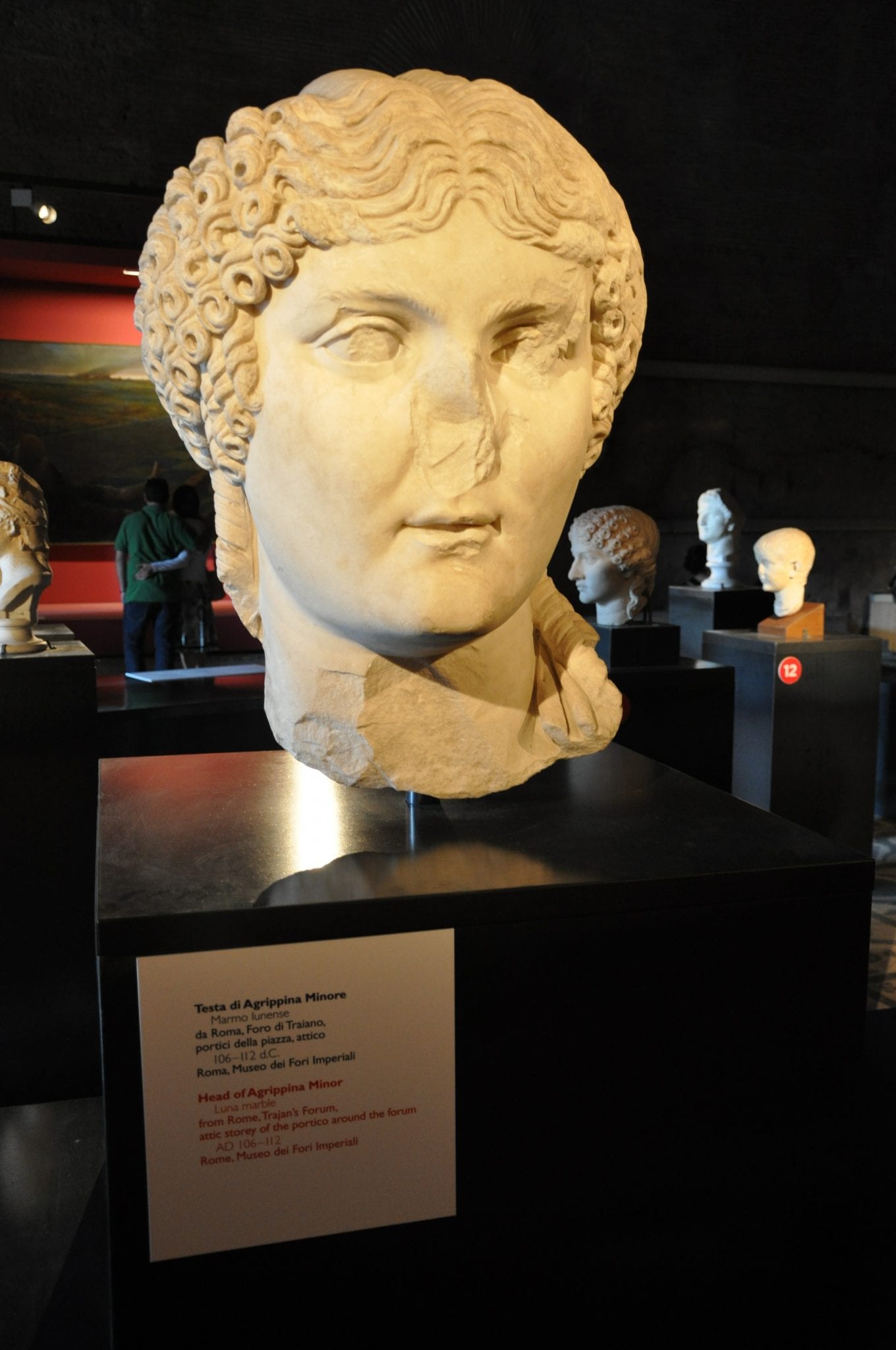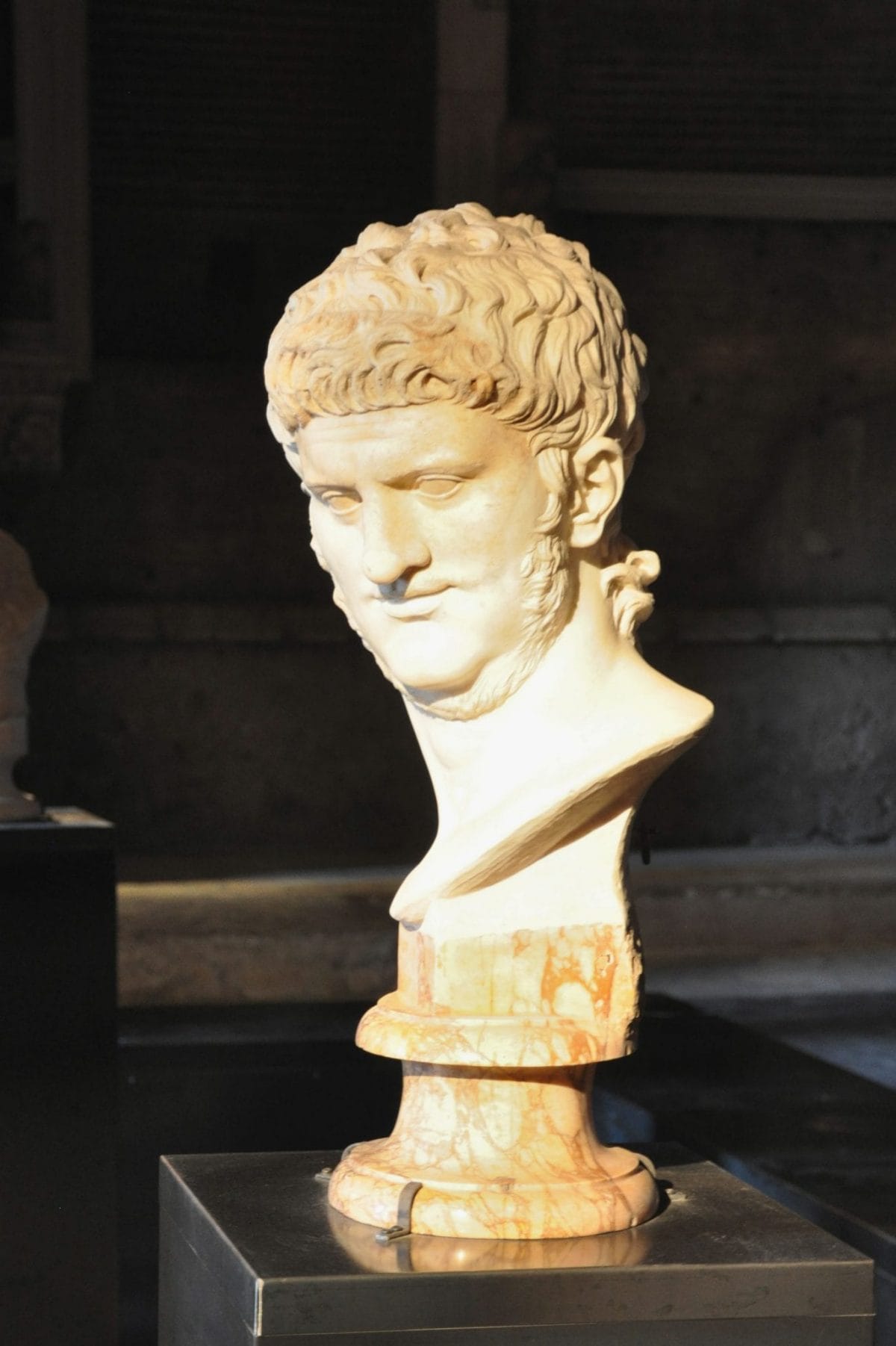
5 Crazy Roman Emperors: Tiberius, Caligula, Nero & More
May 21, 2025
We’ve all heard of the ancient Roman emperor who made his senator a horse, or the one who “fiddled while Rome burned.” But when it comes to the nuttiness of some of Rome’s emperors, that’s the least of it.
Here’s our list of the top 5 wackiest rulers of the Roman empire. Some might make you giggle… but the ancient Romans under their rule sure weren’t laughing. Keep reading to discover all about crazy Roman emperors.
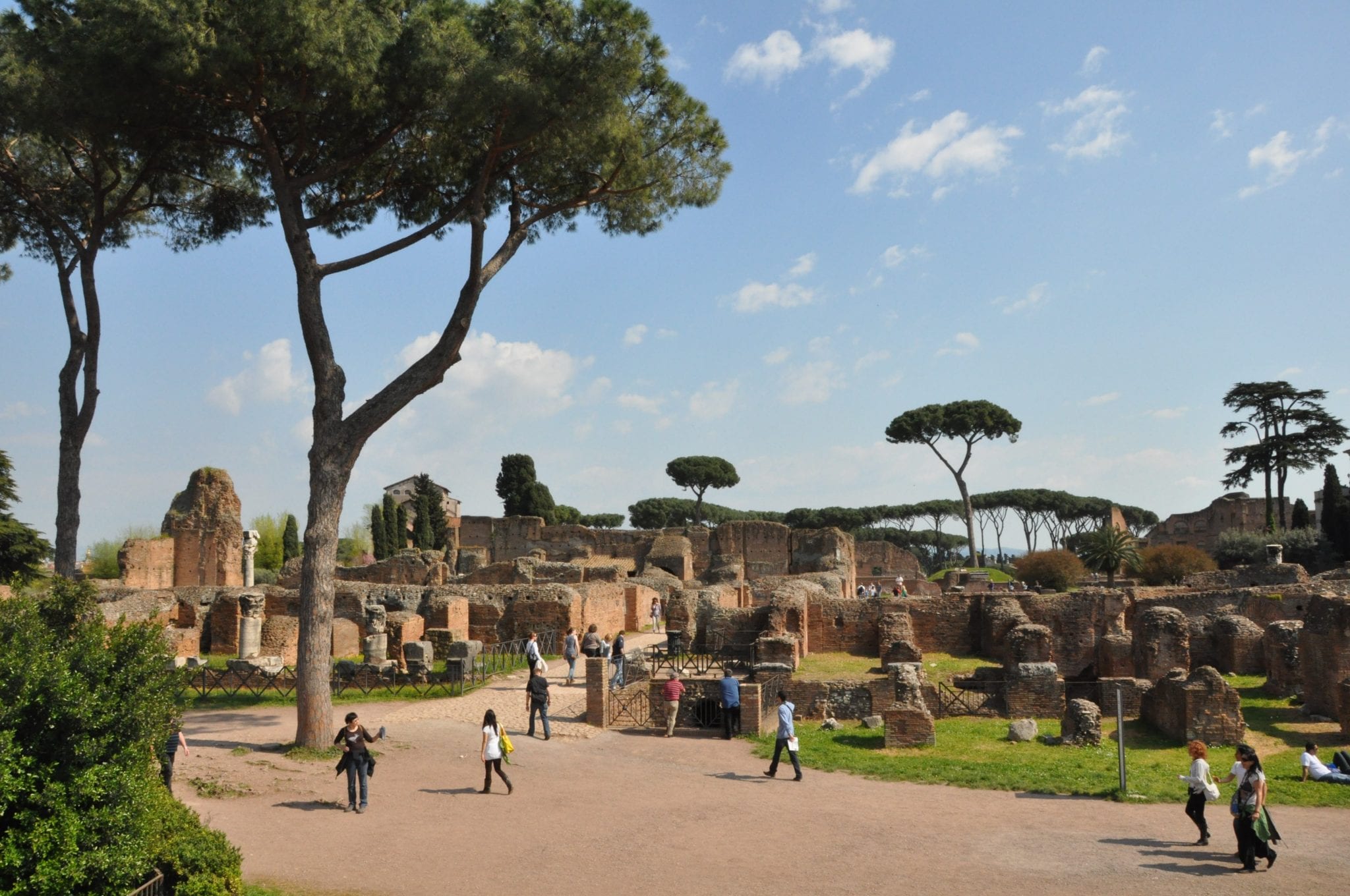
Want to track down Rome’s wackiest emperors? Head to Palatine Hill, where Tiberius, Caligula, and Nero all built their palaces.
Table of Contents
ToggleTiberius
When he ruled
14-37 AD
Why he was crazy
The ultimate “dirty old man,” Tiberius succeeded Augustus, Rome’s first emperor, only to soon withdraw into his elaborate villa in Capri. Suetonius, the first-century historian, tells us that his life there was nothing short of depraved:
- Tiberius had constant orgies, hired young boys and girls to frolic like “Pans and nymphs” in the grottoes, kept an erotic library “in case a performer should need an illustration of what was required,” and even abused infants and toddlers. (Eek.)
Truth-o-meter (0=completely false, 10=definitely true):
- 6. Suetonius loved scandals, but he’s a more believable source than other historians, like Tacitus, and he’s telling us rumors that were actually very popular in Tiberius’ time.
- While Tiberius may not have been quite as depraved as Suetonius makes him out to be, it’s safe to say you wouldn’t have sent your son to go hang out with Uncle Tiberius for the summer.
Where to find out more about Tiberius
Few bits of classical history are juicier than Suetonius’s Life of Tiberius (in his Lives of the Caesars), which goes into way more graphic detail than we’ve written. For those who are really fascinated, the first 6 books of Tacitus’s Annals are dedicated to Tiberius’ reign, although modern historians are a bit more skeptical of his accounts.
In Italy, you can get closer to Tiberius (if you dare) at the Palatine Hill, which still has the ruins of his palace, or at Capri, where you can see the Villa Jovis, one of his 12 villas on the island.
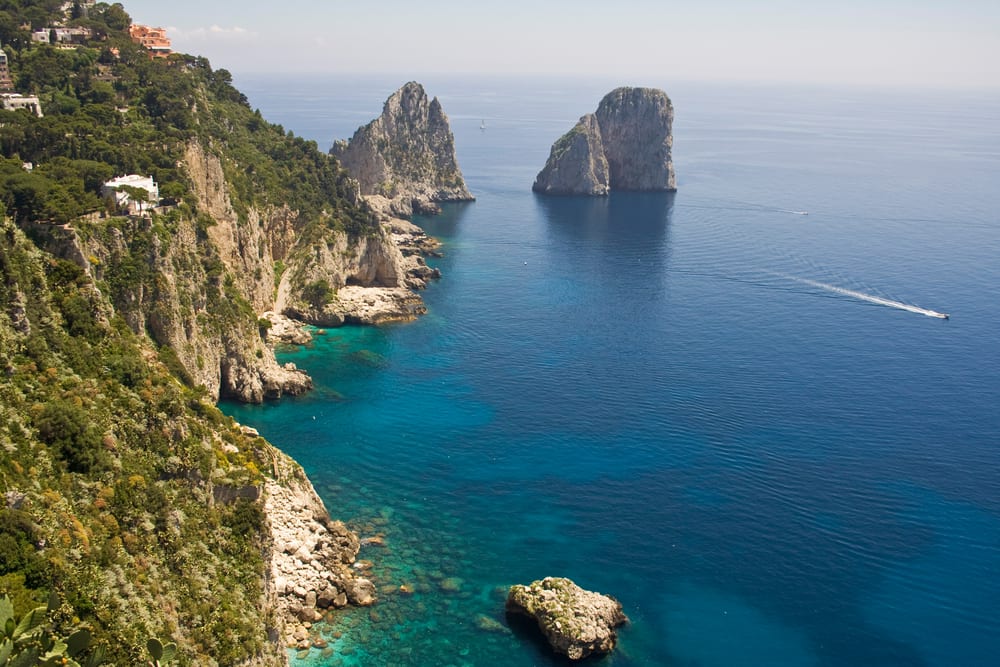
You can’t say Tiberius, who retired to Capri, didn’t have good taste.
Caligula: The emperor who declared war on the sea
When he ruled
37-41 AD
Why he was crazy
Everyone loved Caligula when he became emperor, seeing him as the youthful, fresh face to follow Tiberius. Unfortunately, it quickly became apparent that Caligula was also a delusional megalomaniac.
He wandered the palace throughout the night instead of sleeping, flew into public rages, and spoke to the moon and to Jupiter as if they were in confidence. In the best-known story, he made his horse a senator, building it a stable of marble and inviting people to have dinner with the horse.
Truth-o-meter:
- 8. Most of what we know about Caligula comes from Suetonius, who wrote 80 years after his death, or Cassius Dio, who wrote more than 100 years after that. Still, almost every source about him, including contemporary ones, characterizes Caligula as insane.
- One main source is, again, Suetonius, whose description of Caligula makes it sound like he suffered from a psychotic illness — not too surprising, and something that would have been exacerbated by how everyone else around him had to participate in his delusions at pain of death.
Where to find out more about Caligula
Again, Suetonius’s Life of Caligula in the Lives of the Caesars is a good bet. There’s also Cassius Dio’s Roman History and the 6th book of Tacitus’ Annals.
Caligula was also the force behind many public works, and the remains of one of the most important, the Claudian Aqueduct, can be seen near the Caelian and Palatine Hills in central Rome, or in the Parco degli Acquedotti. His other aqueduct, the Acqua Anio Novus, remains part of the Aurelian Wall.
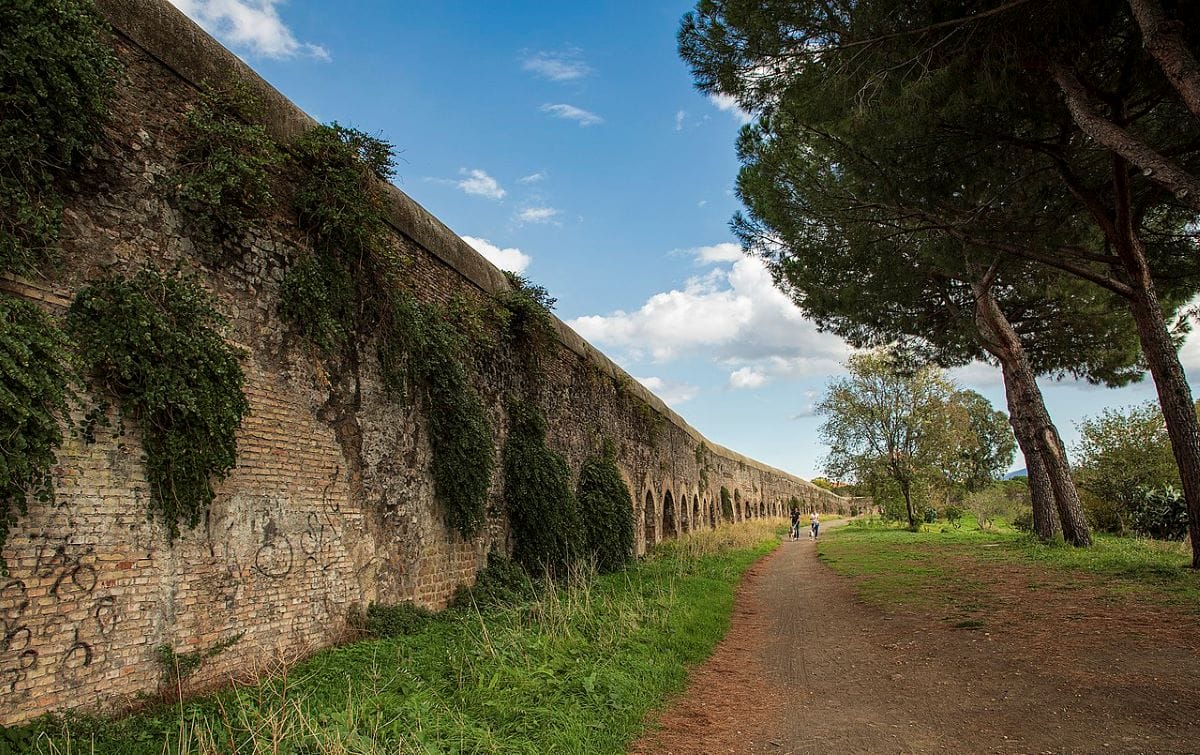
Parco degli Acquedotti is one of the most important works commissioned by Caligula. Photo credit: Maurizio Moro5153
Nero: The emperor who burned Rome
When he ruled
54-68 AD
Why he was crazy
Here’s a little background on how Nero treated his loved ones:
- He divorced his first wife, then had her beheaded and brought her head to Rome so his second wife could gloat over it.
- He kicked his second wife, Poppaea, to death when she was pregnant with their second child.
- When he saw a young boy who looked like Poppaea, he married him, forced him to dress as a woman, and had him castrated.
He also killed his own mother… and there were rumors their relationship had been much more than mother-son.
Compared to all that, the fact that Nero climbed a stage and sang (not fiddled) while Rome burned seems almost benign. But when the cost of rebuilding the city led Nero to extreme methods, like having rich men name him as their heir and then forcing them to commit suicide, the people had had it. He was essentially forced to commit suicide. His last words: “Oh, what an artist the world is losing!”
Truth-o-meter:
- 6. The full accounts of his life were written by historians who lived after he died, including Suetonius, Tacitus and Cassius Dio. They were obviously biased against him.
- Plus, a lot of those accounts in turn contradict each other. Still, contemporaries make passing mention of how much people hated Nero, and the spirit, if not all the details, of his rule is probably correct.
Where to find out more about Nero
Again, check out Suetonius and Tacitus. For a modern account that cuts through the myth and bias, check out Edward Champlin’s biography Nero.
One of the most infamous structures that Nero left behind was his Domus Aurea, an enormous palace (some scholars say more than 300 acres) in central Rome.
Today, you can still see its ruins from afar on the Esquiline Hill. In Subiaco, an hour’s drive from Rome, you can see the remains of the villa he built to escape Rome’s summer heat.
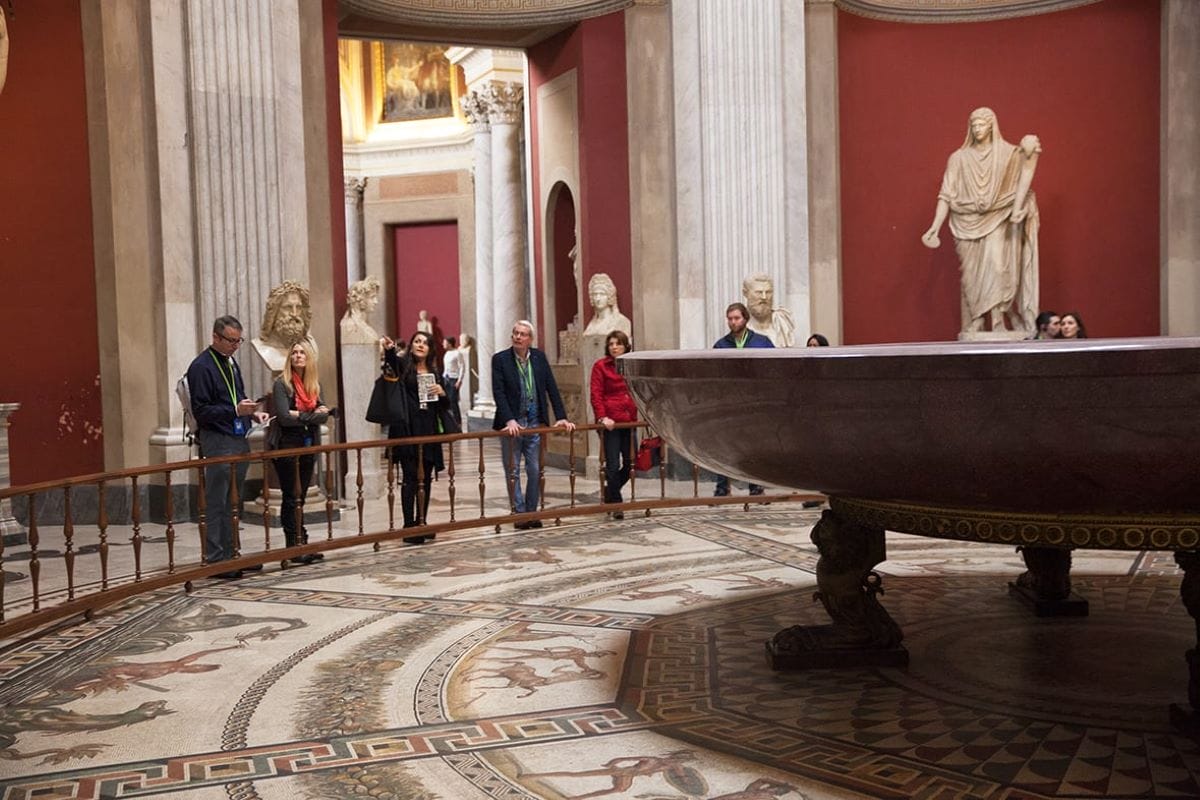
In the Vatican you can find a bathtub that was commissioned by Nero in the 1st century AD.
Commodus: The gladiator emperor obsessed with himself
When he ruled
180-192 AD
Why he was crazy
A complete megalomaniac who even renamed Rome after himself, Commodus also was obsessed with gladiatorial combat. He performed personally in hundreds of games, often appearing both in and out of the stadium in the guise of Hercules — complete with lion skin and club. He was also said to have had a “conspicuous growth on the groin” that was “the subject of many verses.”
Truth-o-meter:
- 9. Both Dio Cassius and Herodian, the two main sources, lived during Commodus’s rule and give eyewitness accounts of what actually occurred under his rule, including the gladiatorial games.
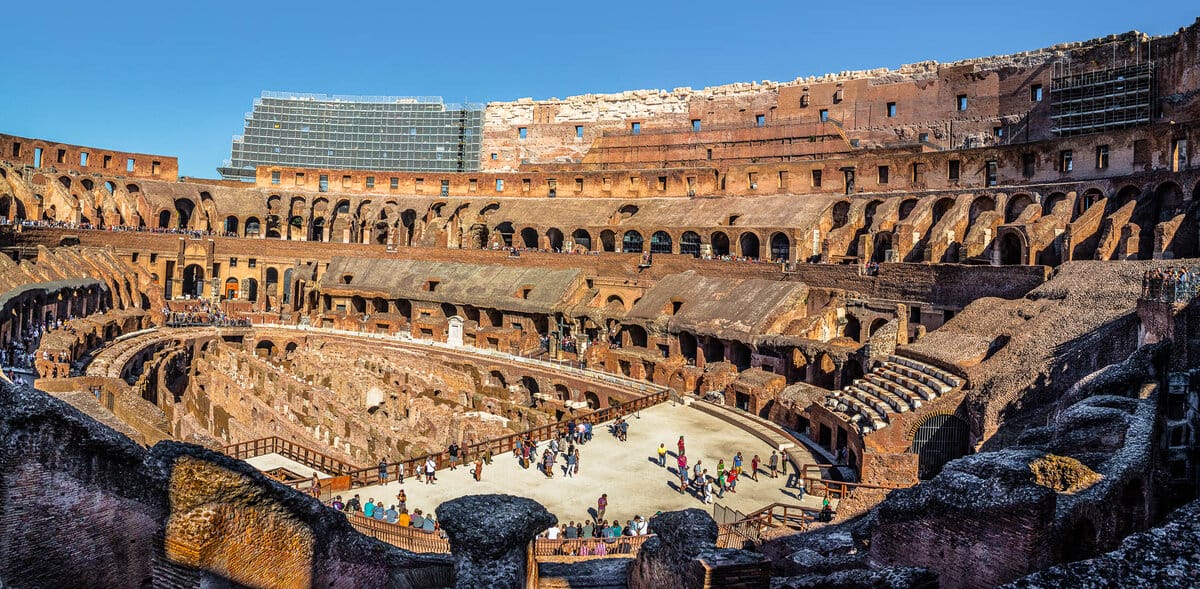
Get in touch with Commodus’s spirit at the Colosseum.
Where to find out more about Commodus
Herodian’s History of the Empire from the Death of Marcus is pretty colorful, as is Dio Cassius’s Roman History. And while it’s far from historically accurate, the movie Gladiator shows some of Commodus’s (played by Joaquin Phoenix) gladiatorial obsession, his troubled relationship with his father and sister, and what Rome would have looked like in the second century.
Few places are better for getting close to Commodus, or his spirit, than, of course, the Colosseum. On the Appian way, the still-standing Villa of the Quintilli, built by the Quintilli brothers in the second century, was so coveted by Commodus, he put the owners to death in 182 A.D. and took it for himself.
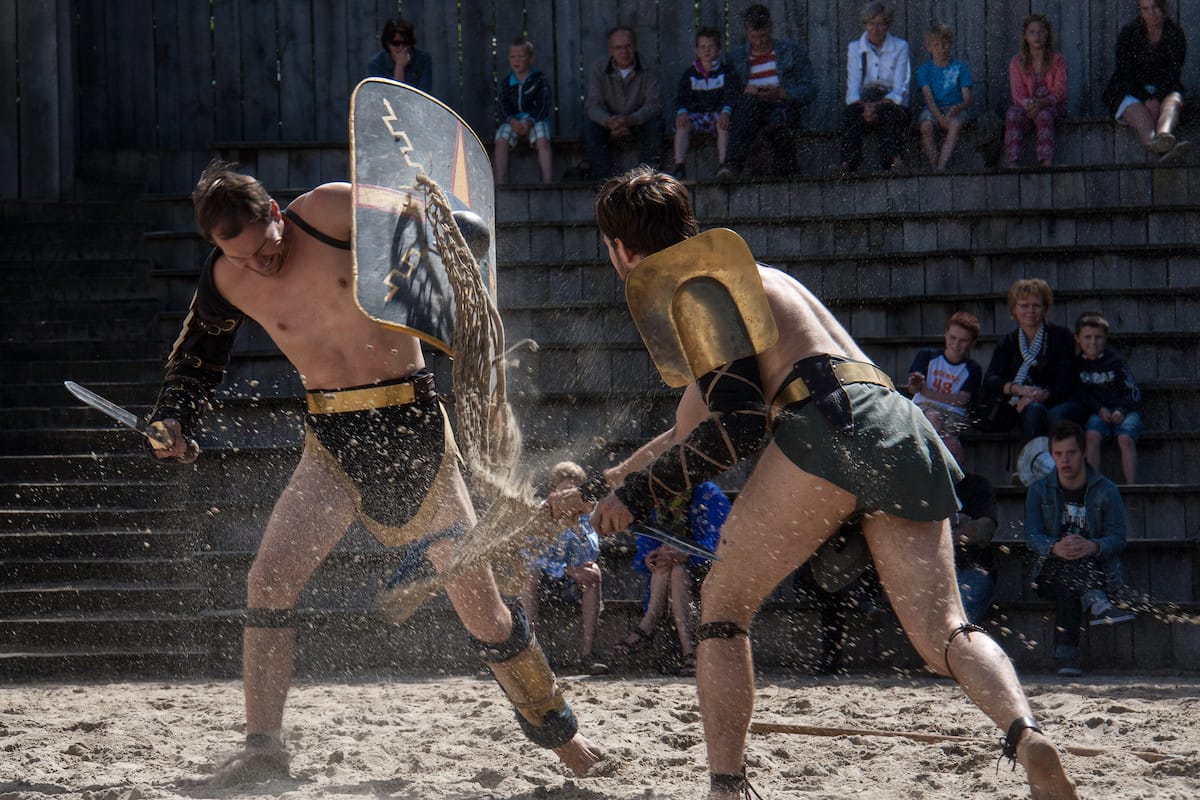
One of Commodus’s obsessions was gladiators, can you blame him? Photo credit: Hans Splinter
Elagabalus: The scandalous teen emperor who shocked Rome
When he ruled
218-222
Why he was crazy
You probably haven’t heard of Emperor Elagabalus, but that’s a shame. Here’s why: Born in Syria, he became ruler at just 14. When he came to Rome as emperor, he brought with him his worship for the eastern god Elagabalus — building a new temple, making animal sacrifices to the god each morning, and ordering that the god take precedence before all Roman gods, even Jupiter.
Nicknamed after the god, the emperor also had children tortured and sacrificed. And he was infamous for his sexual proclivities: He married a Vestal Virgin, slept with men, cross-dressed, and married a male slave. He even asked doctors to castrate him and give him female organs.
Truth-o-meter:
- 9. One major account, the Life of Elagabalus, was written about 150 years after his reign and largely invented. But Cassius Dio and Herodian, who lived during his reign, also mention many of the juicy details, including the emperor’s sexual habits. And their accounts of how he changed Rome’s religion are backed up by archaeological findings.
Where to find out more about Elagabalus
Cassius Dio’s History of Rome (book 79) and Herodian’s’ and Herodian’s History (book 5) are great, and the Historia Augusta’s Life of Elagabalus, while less trustworthy, is full of juicy details.
At Palatine Hill, you can still see the huge temple platform of the temple Elagabalus built to his god. The Amphitheater Castrense, located adjacent to the church of Santa Croce in Gerusalemme and incorporated into the Aurelian walls later in the 3rd century, is also thought to have been built by Elagabalus.
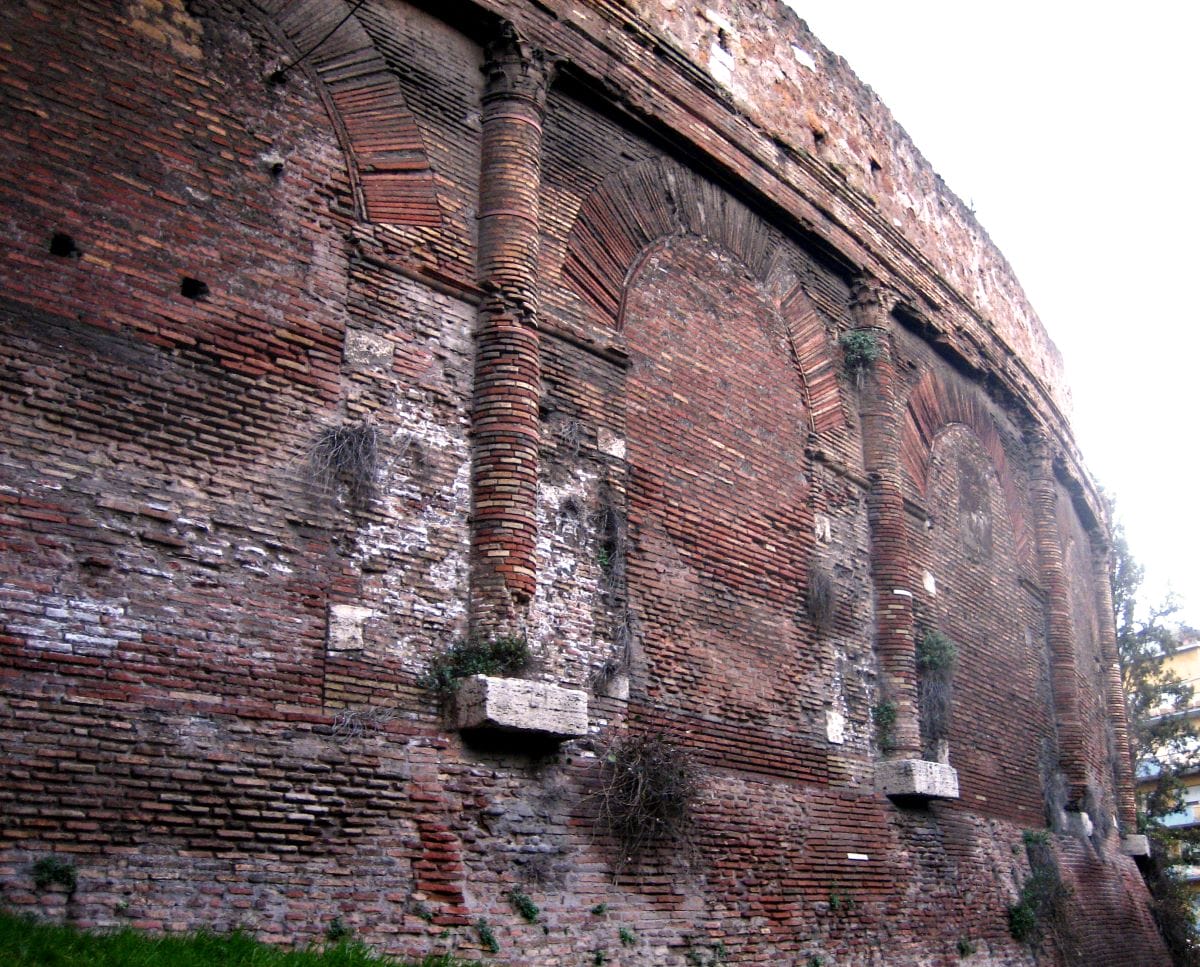
Little of Elagablus’s reign remains — but you can see this amphitheater built by him in Rome today. Photo credit: Anthony Majanl
Honorable mentions: Other emperors who pushed the boundaries
While the emperors listed above are perhaps the most famous for their bizarre behavior, other Roman leaders also pushed the boundaries of what was considered “normal.” Domitian was known for his paranoia and cruelty, inventing elaborate tortures for his perceived enemies.
Caracalla, infamous for his massacre of the Alexandrians, even ordered the murder of his brother in their mother’s arms to consolidate power. And let’s not forget about Valentinian I, who once became so enraged during a diplomatic meeting that he burst a blood vessel and died on the spot.
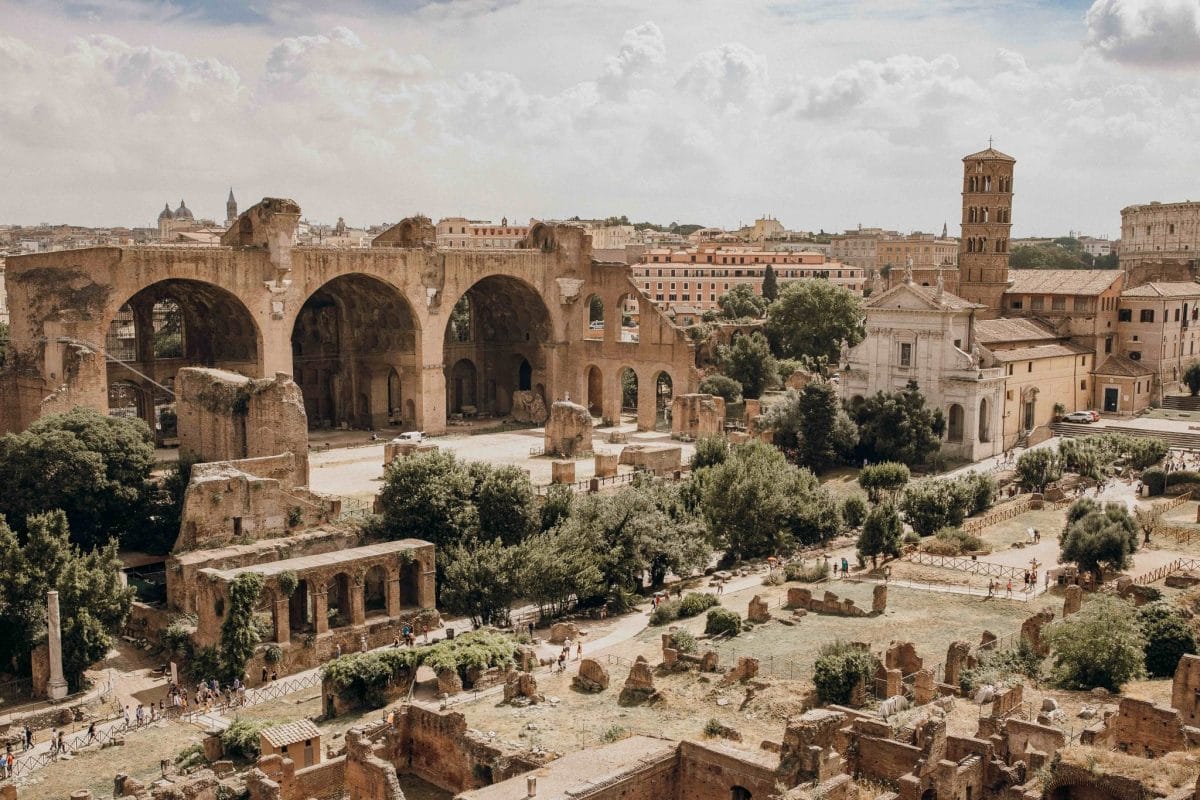
While you’re exploring ancient Rome, don’t forget to think about the crazy Roman emperors who pushed boundaries.
What made these Roman emperors so infamous?
While the antics of these emperors make for entertaining stories, they also reveal deeper truths about the nature of power in ancient Rome. Many of these rulers were products of a system that encouraged absolute authority and sycophantic behavior, creating environments where unchecked whims could spiral into madness.
Combine this with the Roman penchant for gossip, scandal, and dramatic storytelling, and it’s no wonder these emperors remain such colorful figures in history.
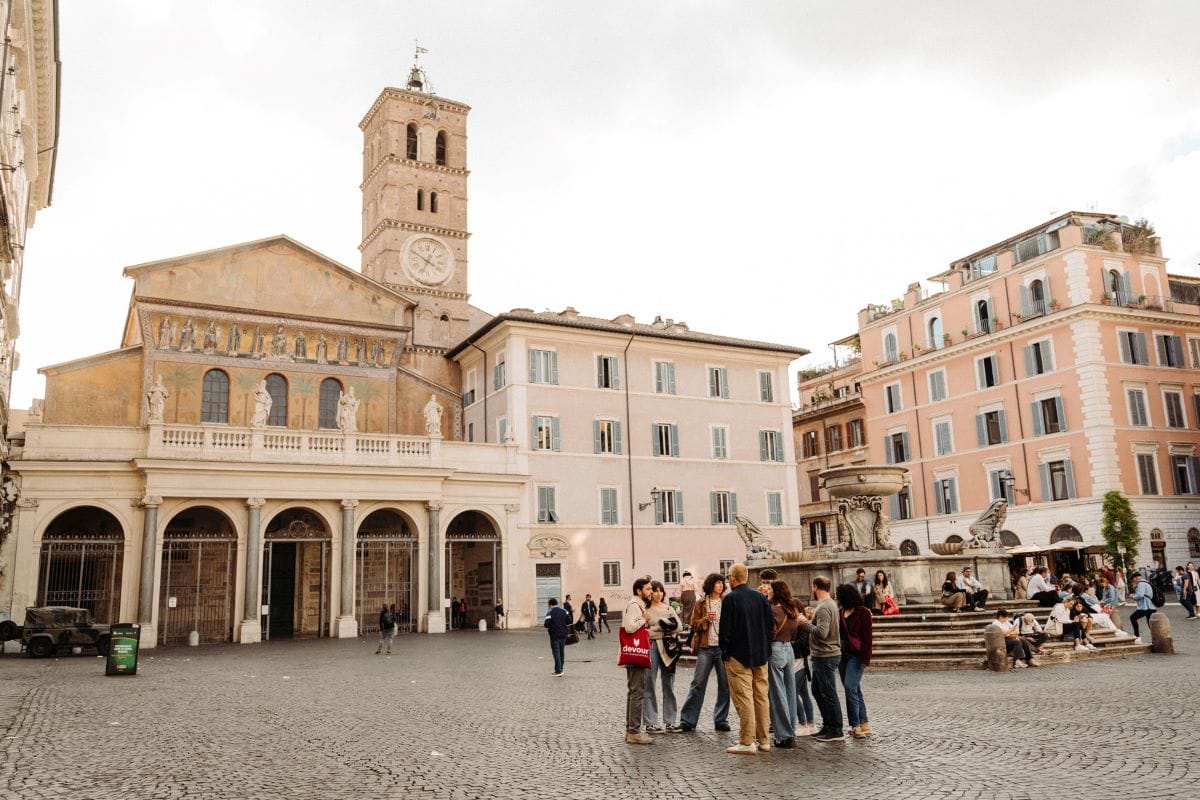
Roman emperors may have been crazy, but they sure did make a beautiful city.
Discover more about ancient Rome’s colorful leaders
The emperors of Rome were as diverse and multifaceted as the empire itself. Their eccentricities, both real and exaggerated, continue to fascinate us millennia later.
To explore more about these and other Roman rulers, consider reading works by Suetonius, Tacitus, and Cassius Dio.
Update Notice: This post was updated on December 23, 2024.
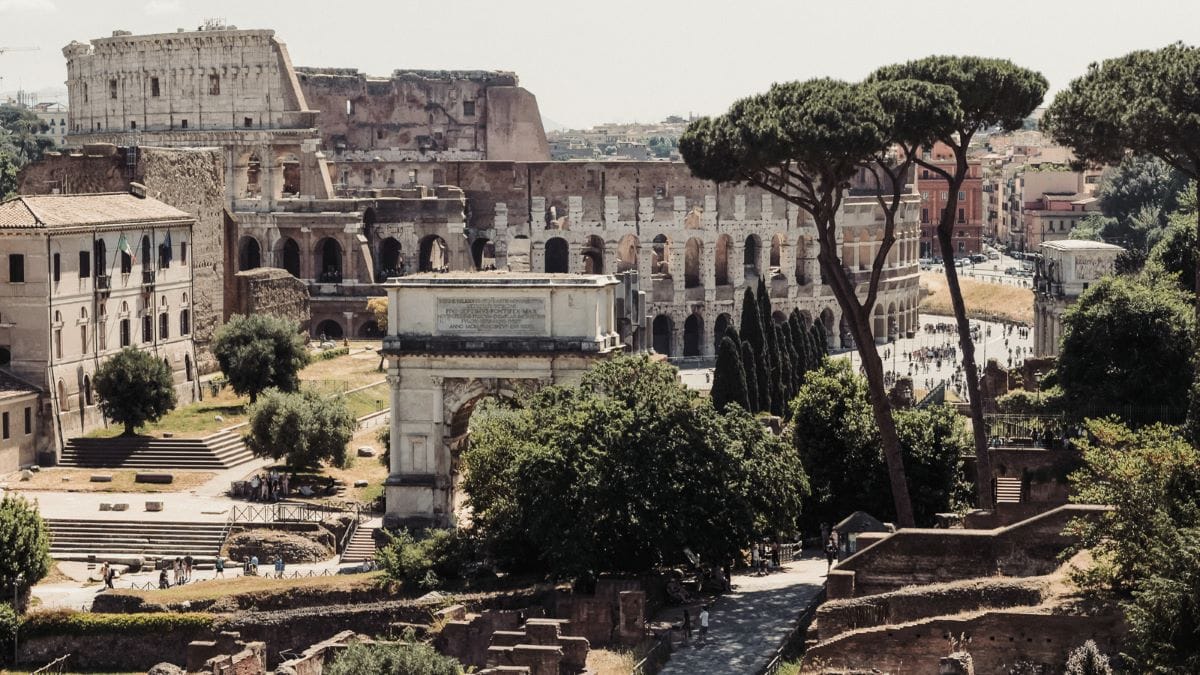
Rome is full of rich history and crazy emperors.
Or better yet, visit the places where these larger-than-life characters once walked with us! Want to know more about Rome’s wacky emperors? Check out our Premium Colosseum tour, including the Palatine, Colosseum and Forum!
by Walks of Italy
View more by Walks ›Book a Tour

Pristine Sistine - The Chapel at its Best
€89
1794 reviews

Premium Colosseum Tour with Roman Forum Palatine Hill
€56
850 reviews

Pasta-Making Class: Cook, Dine Drink Wine with a Local Chef
€64
121 reviews

Crypts, Bones Catacombs: Underground Tour of Rome
€69
401 reviews

VIP Doge's Palace Secret Passages Tour
€79
18 reviews

Legendary Venice: St. Mark's Basilica, Terrace Doge's Palace
€69
286 reviews









